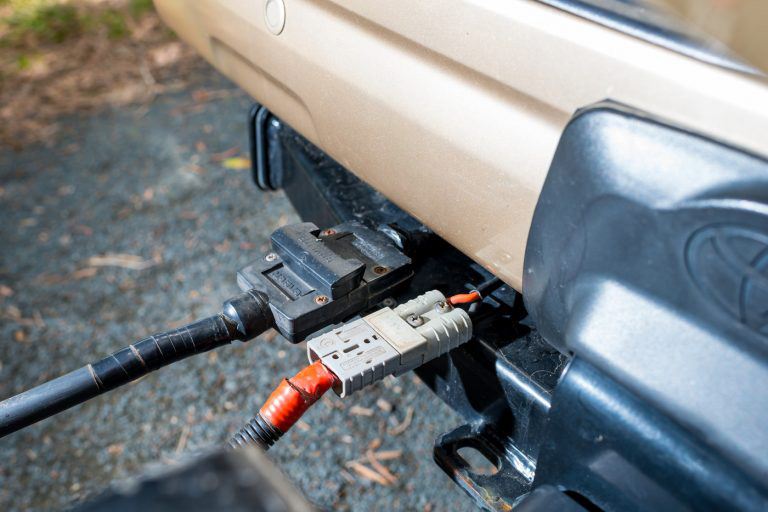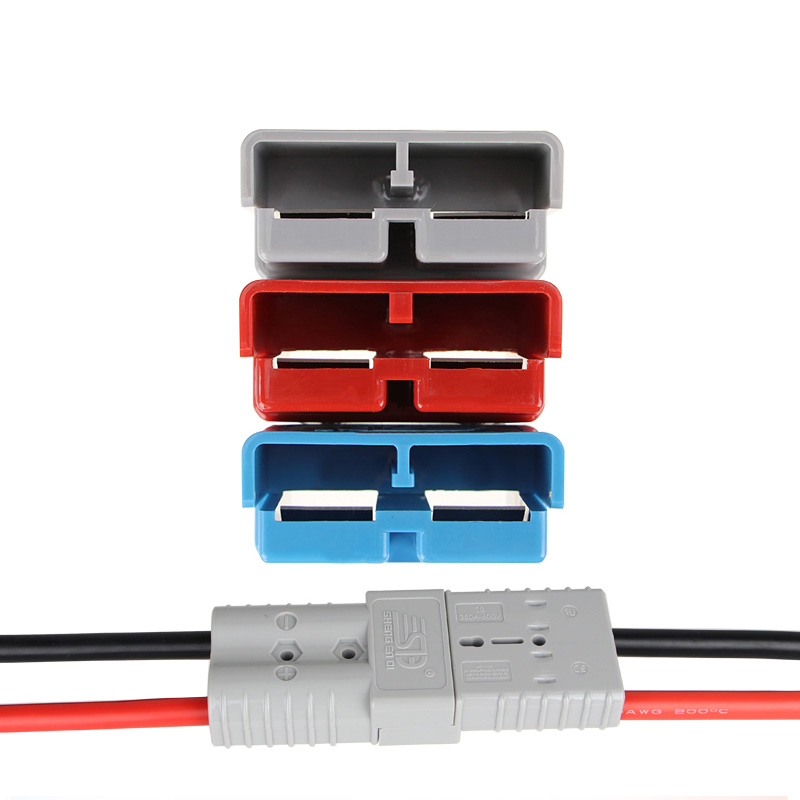As an increasing number of individuals equip their four-wheel-drive vehicles and outdoor camping gear with power outlets, the demand for energizing energy-thirsty devices like cameras, phones, lighting, refrigerators, and battery chargers through plugs has seen a significant surge. While many off-road vehicles now come with plugs conveniently mounted on the A-frame to provide easy access to charging capabilities, there are vital considerations to ensure your equipment operates optimally. Here's a wealth of knowledge to supercharge your charging power system.

**1 - Batteries**
Before we dive into plugs and wiring, let's begin with a discussion on battery storage. Various battery types are suitable for off-road vehicles, with deep-cycle batteries being the most common. Unlike starting batteries, deep-cycle batteries are designed to discharge to SEDroximately 80% capacity multiple times. They are typically rated in ampere-hours (Ah), allowing you to calculate discharge time based on your power consumption.
**2 - Solar Panels**
Charging your off-road vehicle's battery bank through the vehicle's alternator using plugs alone can pose a challenge for many travelers. However, incorporating solar panels into your setup allows you to charge without the need to run the engine.
There are four distinct types of solar panels available, ranging from portable options like foldable panels and solar blankets to fixed installations tailored to your specific vehicle needs.
You can seamlessly integrate portable solar panels into your power system through plugs on your off-road vehicle's A-frame. Be sure to install a regulator between the battery bank and the solar panels to prevent overcharging and safeguard your batteries.

**3 - DC-DC power charger**
To unlock the full potential of your 12V electrical system, it's strongly recommended to install a DC-DC power charger between the plugs and your off-road vehicle's batteries. If you have a secondary vehicle battery, mounting the charger beneath your vehicle's bonnet is crucial. DC-DC chargers can deliver nearly 100% of the charging capacity to your auxiliary battery, and the closer they are to the battery, the more efficient the charging.
**4 - High-Current Battery Connectors**
For a robust 12V wiring system in your off-road vehicle, bigger connectors are better. A 50A High Current Connector Plug should suffice, but if your wiring is too thin, voltage drop during battery charging may become problematic. Effective wiring from the rear of the vehicle should be at least 6 millimeters and should not exceed 5-6 meters to minimize voltage drop.
High-quality connectors can maintain a secure connection even on the most rugged terrains. They can also serve as 12V cigarette lighter sockets, which are often prone to "popping out" on bumpy roads, especially when powering in-vehicle equipment like mini-fridges.
In conclusion, a well-designed charging power system comprising the right battery, solar panels, DC-DC charger, and robust connectors will ensure your off-road adventures are powered seamlessly. Whether it's capturing memories, staying connected, or keeping your gear cool, a reliable charging setup is essential for every off-road enthusiast.
 Guangdong SED Co., Ltd.
Guangdong SED Co., Ltd.
 +86 13763213143
+86 13763213143
 info@dmictech.com
info@dmictech.com


